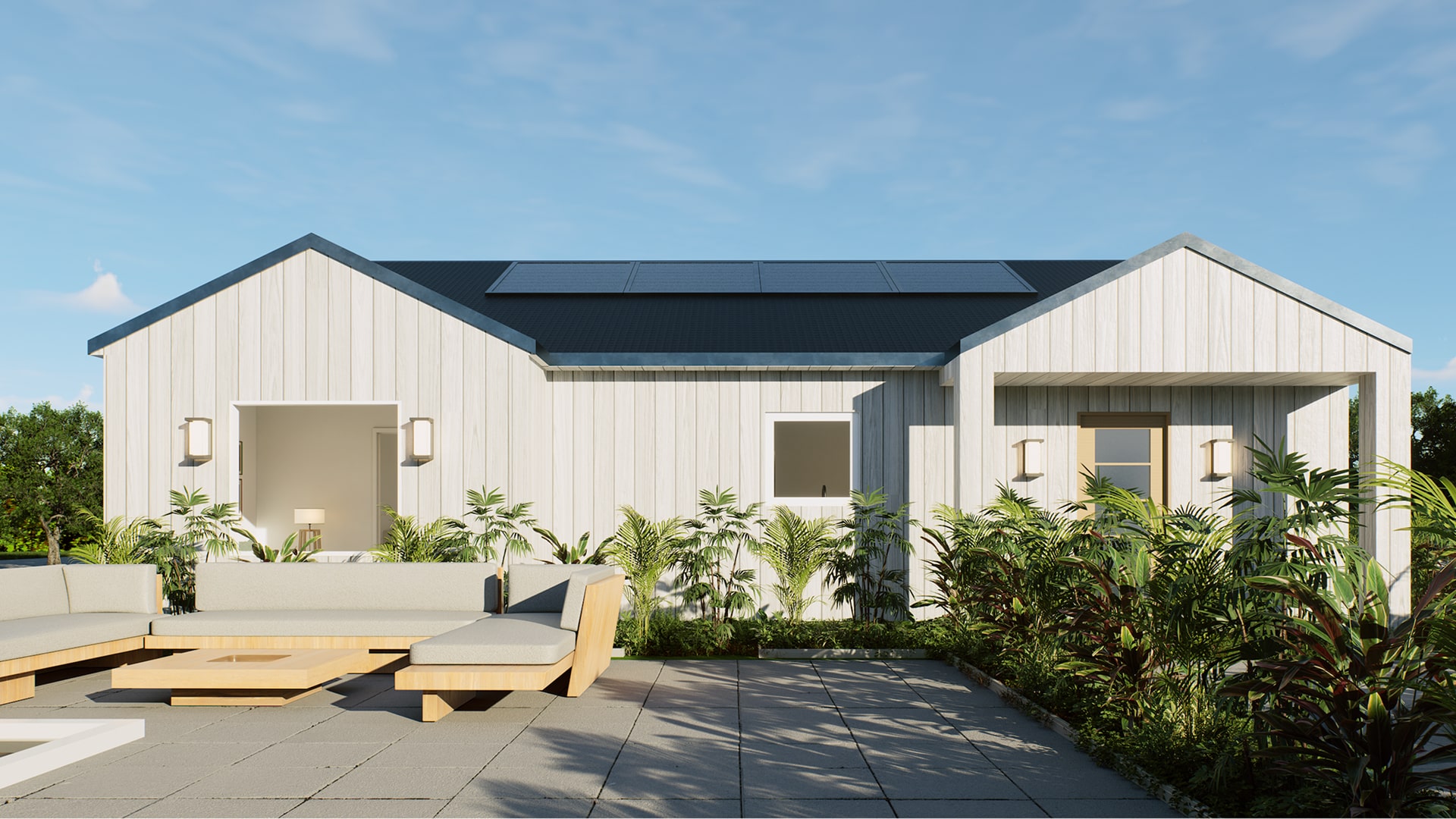The timeline to get an ADU depends on city permitting, design choices, and construction complexity, but with Apex Homes’ process it’s streamlined compared to doing it on your own. Here’s what you can expect:
Typical ADU Timeline
1. Feasibility & Design (2–4 weeks)
-
Site visit, zoning checks, and feasibility study.
-
Drafting floor plans + selecting finishes.
-
Pre-approved plans (if available in your city) can cut this stage down to a few weeks.
2. Permitting (1–3 months)
-
Submission of plans to the city.
-
With Apex Homes’ pre-approved ADU plans, permits can sometimes be issued in as little as 2–3 weeks in certain cities. See our preapproved city lists here.
-
Without pre-approvals, expect 6–12 weeks depending on city backlog.
3. Construction (4–6 months)
-
Foundation: ~3 weeks.
-
Framing & Roofing: ~4 weeks.
-
Mechanical/Electrical/Plumbing (MEP): ~4 weeks.
-
Interior Finishes: ~6–8 weeks.
4. Final Inspection & Move-In (2-3 weeks)
The total timeline for building an ADU depends on your plan and site. If you use a pre-approved plan and have a simple site, you can typically complete the project in 5–6 months from start to finish. For a custom design or a more complex site, the process usually takes 6–10 months.

